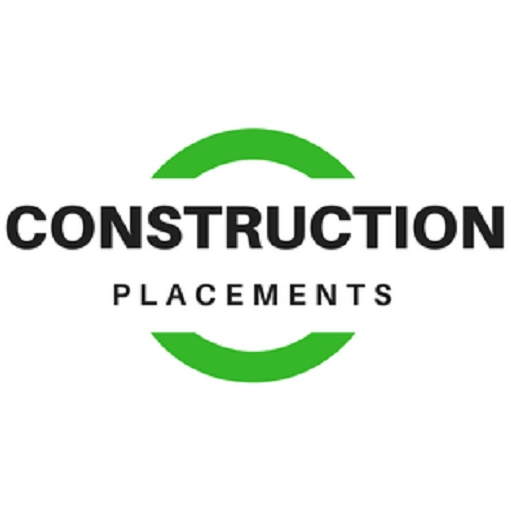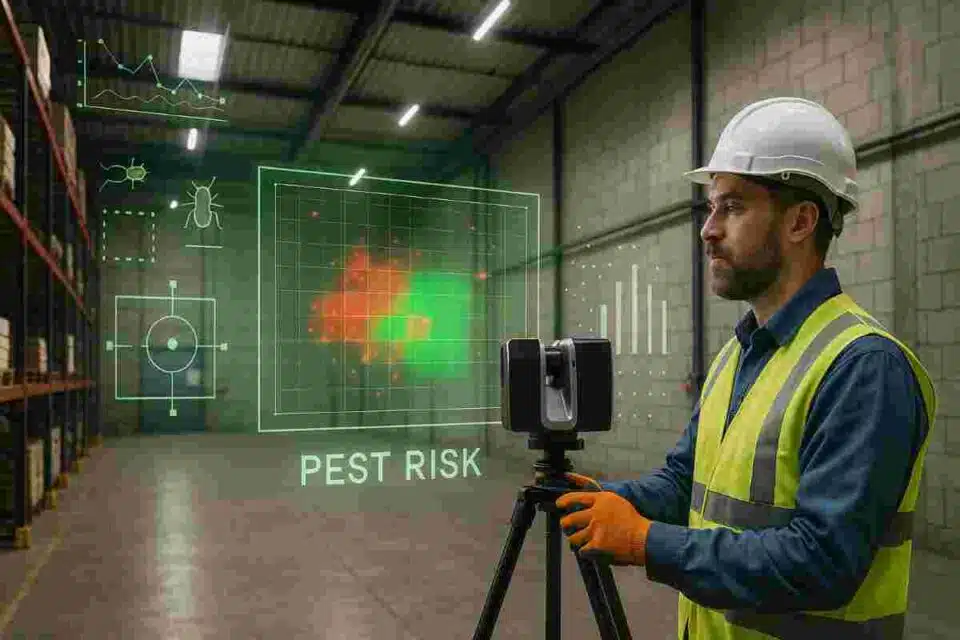Last Updated on October 15, 2025 by Admin
Warehouses are the backbone of modern logistics and supply chains, storing everything from food and raw materials to electronics and machinery. However, they’re also highly vulnerable to pest infestations due to their vast spaces, hidden voids, and constant movement of goods. Detecting and preventing these risks early is crucial to maintaining compliance, safety, and efficiency — and this is where measured building surveys play a vital role.
By offering detailed insight into a warehouse’s structure, layout, and condition, these surveys help identify weak points where pests might infiltrate or thrive. When combined with professional pest control strategies, they form a powerful defence system that helps facilities remain compliant with health and safety standards while protecting stock and reputation.
Below, we explore five key ways that building surveys help detect and manage pest risks in warehouse environments.
1. Identifying Structural Weaknesses and Entry Points
One of the primary advantages of measured building surveys is their precision in mapping every physical aspect of a warehouse. The detailed plans reveal cracks, gaps, vents, and poorly sealed areas that might not be obvious during standard visual inspections. These weak points often serve as entry routes for pests such as rodents, insects, and birds seeking food, warmth, or shelter.
By identifying structural vulnerabilities early, warehouse managers can implement targeted maintenance or sealing work before infestations occur. This proactive approach not only reduces pest activity but also minimises costly interruptions to operations that could result from contamination or damaged stock.
2. Supporting Targeted Pest Prevention Strategies
Accurate building data helps pest control professionals design more effective, site-specific prevention plans. By using the detailed layout information provided by building surveys, technicians can map out high-risk areas such as storage zones, loading docks, drainage systems, and waste collection points. These are typically hotspots for pest activity due to food residue, temperature fluctuations, and frequent human traffic.
Having this information enables pest control teams to place traps, sensors, and deterrents in strategic locations. The result is a smarter, data-driven warehouse pest control system that addresses vulnerabilities efficiently while avoiding unnecessary treatments. In addition, these insights make it easier to evaluate the success of prevention measures over time and adjust strategies accordingly.
3. Enabling Efficient Monitoring and Maintenance
A detailed survey doesn’t just provide a one-time snapshot — it becomes an invaluable tool for ongoing maintenance and pest monitoring. Facilities teams can use the survey data to track changes in building conditions, identify recurring problem areas, and plan maintenance schedules more effectively.
For instance, if moisture is detected in a particular section or a structural gap reopens over time, these areas can be prioritised for inspection before pests exploit them. This level of precision helps warehouses maintain long-term control, reducing the frequency and severity of infestations while improving overall building health and compliance.
4. Assisting in Compliance and Audit Readiness
Pest management is closely linked to compliance standards, especially in sectors like food storage, pharmaceuticals, and packaging. Many audit frameworks require businesses to demonstrate that their facilities are regularly inspected, structurally sound, and properly maintained. Measured surveys provide verifiable documentation that can support this requirement.
By presenting up-to-date survey data during audits, warehouse operators can show evidence of preventive maintenance and building integrity. When paired with warehouse pest control records, this strengthens the overall compliance profile, reassuring auditors and clients that the site is well-managed and contamination risks are under control.
5. Enhancing Collaboration Between Facility Managers and Pest Control Teams
Accurate surveys improve communication and collaboration between warehouse managers, maintenance teams, and pest control providers. With precise building drawings and 3D visualisations, all parties can clearly identify problem areas, plan interventions, and track results without confusion or duplication of effort.
This shared understanding leads to more cohesive and effective pest management strategies. For example, if a survey highlights a recurring issue in a particular wall cavity or ceiling void, both maintenance staff and pest technicians can coordinate to address the root cause rather than applying short-term fixes. The combination of detailed building data and expert pest control insight ensures that the warehouse remains secure, compliant, and efficient.
Strengthen Your Warehouse Defences with Data-Driven Pest Prevention
In an era where hygiene, compliance, and operational reliability are non-negotiable, combining building surveys with expert pest control services gives businesses a major advantage. Surveys reveal the physical realities of your site, while pest control specialists translate that information into targeted, sustainable action.
If you operate a warehouse or distribution facility, investing in a professional survey isn’t just about maps and measurements, it’s about protecting your business from the ground up. By understanding your building’s structure and vulnerabilities, you can act early, prevent infestations, and ensure your warehouse continues to operate smoothly, safely, and with full confidence from regulators and clients alike.
Related Posts:
- Why is Pest Control Crucial At Construction Sites?
- Preventing Pest Infestations on Construction Sites
- Ensuring Health and Safety with Professional Pest Control
- Top 5 Construction Niches Poised for Maximum Job Creation in India (2025–2030)


